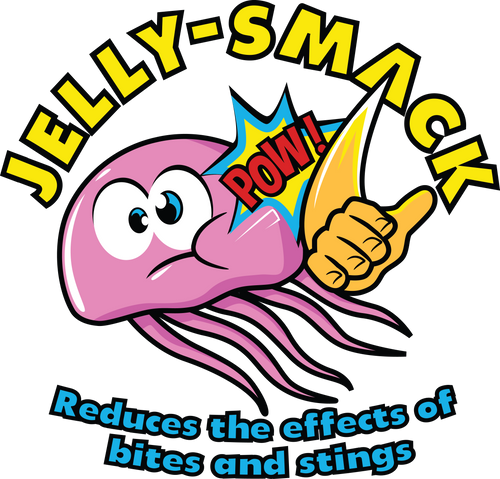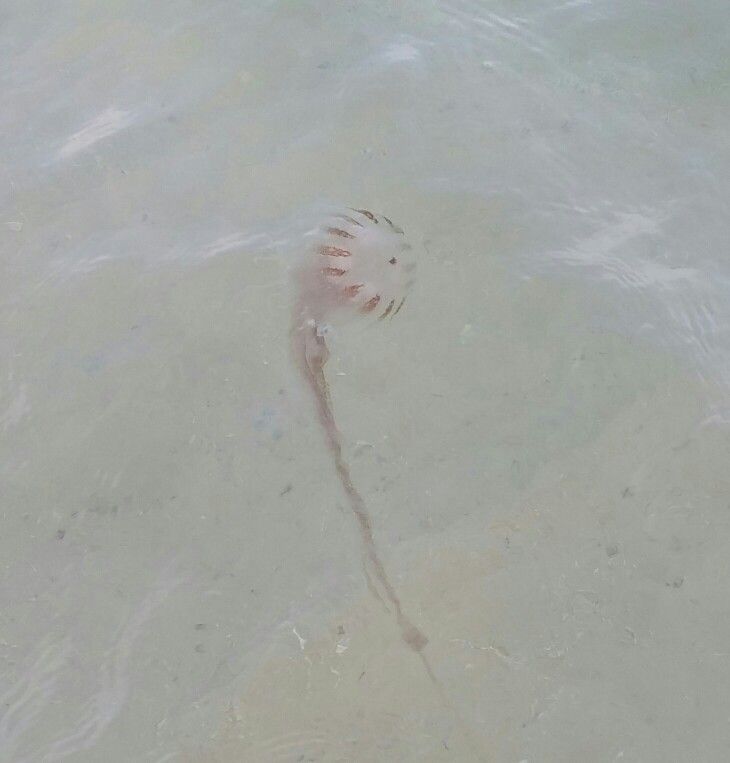To make the most of your vacation, always check for local beach reports and heed warnings about jellyfish activity. Being prepared can help ensure a safe and enjoyable beach trip.
When planning a beach trip, it's essential to know the best times to enjoy the sun and surf without encountering jellyfish. While these fascinating sea creatures inhabit the world's oceans year-round, certain months and regions are more prone to jellyfish presence.
Months with Most Jellyfish
Jellyfish populations tend to peak during the warmer months, particularly from late spring to early fall. This is when water temperatures rise, and their breeding cycles align. For popular vacation destinations like Hilton Head, August is known for an increase in jellyfish sightings. While the beaches are beautiful during this time, swimmers should be cautious and watch for any beach advisories.
In Panama City Beach Florida, you might encounter a few sea nettles for the Gulf Coast Jam. Jellyfish have been arriving earlier over the last few seasons.
Similarly, Venice Beach in California also experiences higher jellyfish activity during the summer months. Warm waters attract different species, including moon jellyfish and the occasional box jellyfish, which can pose a risk to swimmers.
In the Bahamas, jellyfish can be found throughout the year, but the warmer months, especially August, see a noticeable increase in their numbers. While the clear turquoise waters are alluring, it's wise to be vigilant for potential jellyfish encounters.
To make the most of your vacation, always check for local beach reports and heed warnings about jellyfish activity. Being prepared can help ensure a safe and enjoyable beach trip. Jelly-Smack is a safe, effective and FDA registered product that is convenient to add to your beach bag.

